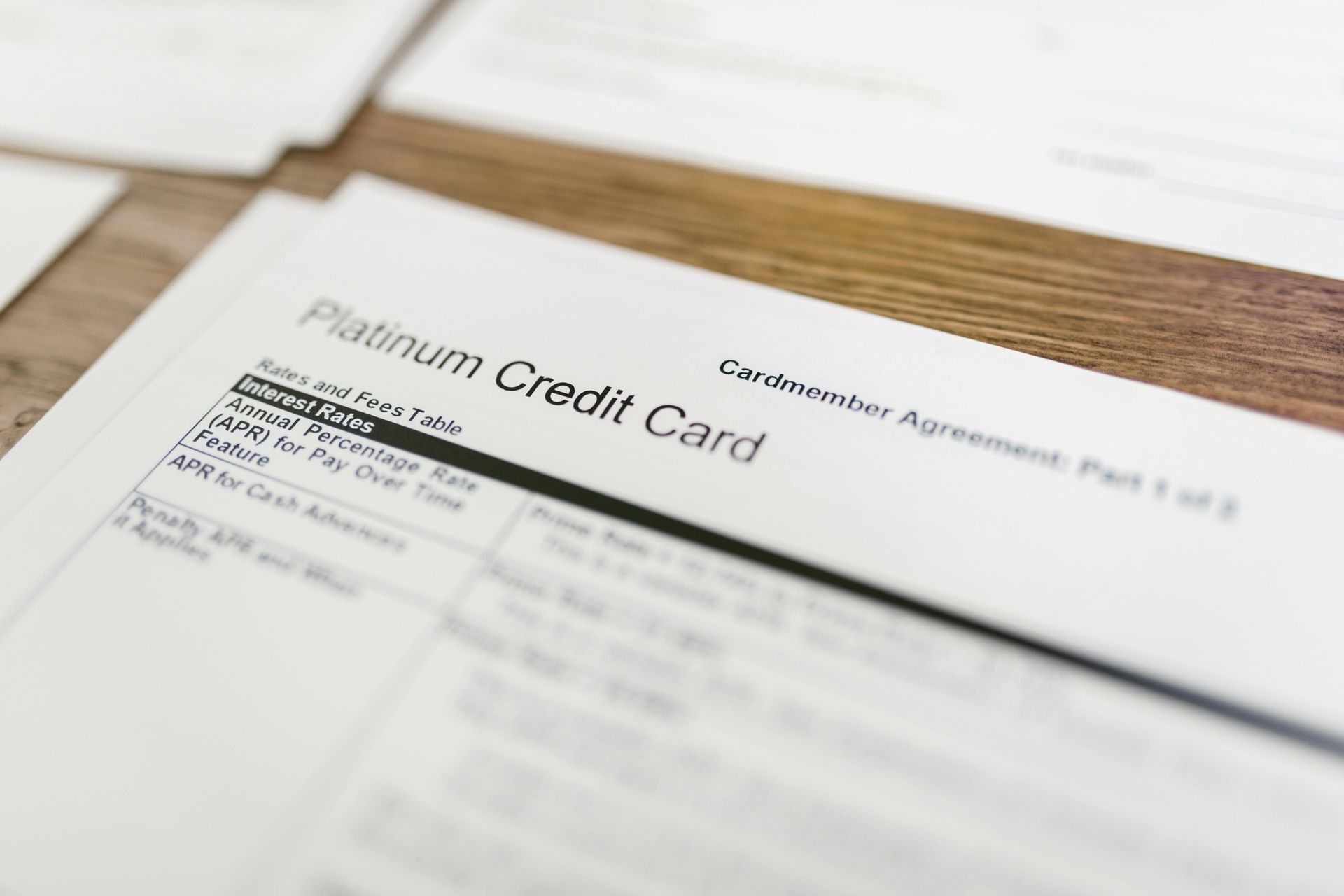AB 2747 Offering Rent Payment Reporting to Tenants
Understanding the New Credit Reporting Law
As a property owner or landlord in
California, you now have new responsibilities under
AB 2747, which goes into effect in
2025. This law requires you to offer tenants the option to report their rent payments to credit bureaus, giving them the opportunity to build their credit. While this creates an added layer of transparency and accountability, it also provides an opportunity to improve tenant relationships and encourage timely rent payments.
Here’s everything you need to know about AB 2747, how it impacts your role as a landlord, and the steps you can take to comply effectively.
Key Takeaways for Property Owners
- AB 2747 mandates that landlords managing buildings with 15 or more units offer rent payment reporting as an option for tenants.
- Tenants can use this program to build their credit through positive rent payment history.
- Property owners can charge a small fee for this service, capped at $10 per month or the actual cost of reporting.
- Compliance requires transparency, accurate record-keeping, and proper reporting partnerships with credit bureaus.
Overview of AB 2747
AB 2747 was introduced to help tenants leverage their rent payment history to improve their credit scores. As rent is often one of the largest financial commitments a tenant makes, allowing these payments to be reflected on credit reports can lead to better financial outcomes.
For property owners, AB 2747 introduces a new layer of responsibility to provide this option, ensuring you maintain compliance while fostering stronger tenant relationships.
What Property Owners Need to Do
1. Offer Rent Payment Reporting to Tenants
You are required to inform tenants about the option to have their rent payment history reported to credit bureaus. This must be communicated:
- When a new lease is signed.
- Annually for existing tenants.
Tenants can opt in or out at any time, and participation is entirely voluntary.
2. Set Up Reporting Systems
To comply, you’ll need to partner with a
nationwide consumer reporting agency or a third-party service that handles rent payment reporting. These systems must align with the
Fair Credit Reporting Act (FCRA) to ensure tenant data is handled securely and accurately.
3. Charge Nominal Fees (Optional)
You’re allowed to charge tenants for this service, but fees are capped at
$10 per month or the actual cost incurred. Consider the fee structure carefully to ensure it reflects the value of the service while staying compliant with AB 2747’s provisions.
Benefits of Rent Payment Reporting for Property Owners
AB 2747 isn’t just about helping tenants—it also offers clear benefits for landlords:
- Encourages Timely Payments: Tenants who opt into rent payment reporting may be more motivated to pay on time, knowing it impacts their credit.
- Improves Transparency: Offering this option shows your commitment to fairness and helps foster trust with tenants.
- Enhances Tenant Retention: Tenants who benefit from credit-building through rent reporting are more likely to stay in properties that offer this service.
- Promotes Accountability: Tenants are less likely to default on payments if they know their credit history is at stake.
Compliance Checklist for Property Owners
Here’s how you can ensure you meet the requirements of AB 2747:
1. Notify Tenants
- Include a clause in your lease agreements explaining the rent payment reporting option.
- Provide written notices to current tenants about their right to opt into this program.
2. Partner with a Credit Reporting Agency
- Choose a reputable nationwide consumer reporting agency or a third-party vendor that specializes in rent payment reporting.
- Confirm that the agency complies with FCRA standards for data security and accuracy.
3. Maintain Accurate Records
- Track tenant payments carefully, including payment dates and amounts.
- Use property management software to automate record-keeping and ensure consistency.
4. Train Your Property Management Team
- Educate your team on how to explain the program to tenants.
- Ensure they understand the importance of data accuracy and compliance with FCRA regulations.
Frequently Asked Questions for Property Owners
1. Do I have to offer rent reporting for all properties?
No. AB 2747 only applies to residential properties with 15 or more units. Smaller properties and single-unit rentals are exempt.
2. Can I charge tenants for this service?
Yes, but the fee cannot exceed $10 per month or your actual costs for providing the service, whichever is lower.
3. What happens if a tenant disputes reported information?
Under FCRA, tenants can dispute inaccuracies in their credit report. You’ll need to provide documentation, such as payment records, to resolve the issue promptly.
4. Is rent payment reporting mandatory for tenants?
No. Participation is entirely optional, and tenants can opt in or out of the program at any time.
5. How does rent payment reporting benefit landlords?
It encourages timely payments, improves tenant retention, and promotes a more transparent relationship between landlords and tenants.
Challenges and How to Overcome Them
Data Accuracy
Accurate reporting is critical. Errors in rent payment data can lead to disputes and potential legal issues. Invest in reliable property management software to ensure consistency.
Privacy Concerns
Some tenants may worry about how their data is being used. Be transparent about how their information is handled and comply fully with privacy laws.
Administrative Costs
Setting up reporting systems may require an initial investment of time and resources. Partnering with a reputable third-party vendor can streamline this process and reduce your administrative burden.
Why AB 2747 Matters to Property Owners
AB 2747 is a significant step toward modernizing rental practices in California. For property owners, it provides a chance to enhance tenant relationships, promote accountability, and encourage timely rent payments. By offering rent payment reporting, you not only comply with the law but also demonstrate a commitment to fairness and transparency.
Preparing for AB 2747 is straightforward with the right systems in place. By notifying tenants, maintaining accurate records, and partnering with reliable credit reporting agencies, you can meet the requirements and even gain a competitive edge in the rental market.
Ready to implement AB 2747? Take action today to set up your rent reporting process and stay ahead of the changes.
More about Coastline Equity
Property Management Services
 Learn More
Learn MoreOur team will handle all your property needs, offering specialized services such as in-depth inspections, liability management, staff recruitment and training, and round-the-clock maintenance—expert support tailored to the unique requirements of your real estate assets.
About Us
 Learn More
Learn MoreOur dedicated team transforms property management challenges into opportunities. From tenant management to streamlined rent collection and proactive maintenance.
Property Management Excellence
 Learn More
Learn MoreAs a contributing author for Forbes, Anthony A. Luna brings a wealth of expertise and knowledge in the property management industry, real estate sector, and entrepreneurship, providing insights and thought-provoking analysis on a range of topics including property management, industry innovation, and leadership.
Anthony has established himself as a leading voice in the business community. Through his contributions to Forbes, Anthony is set to publish his first book, "Property Management Excellence" in April 2025 with Forbes Books.
Insights
 Learn More
Learn MoreLearn more about Coastline Equity's property management practices & processes and how we support our clients with education and a growth mindset.
Coastline Equity Property Management is your partner as you continue to learn and grow.
News & Updates



Property Management Made Easy
Los Angeles
1411 W. 190th St.,
Suite 225
Los Angeles, CA 90248
Temecula
41743 Enterprise Circle N.,
Suite 207
Temecula, CA 92590
P.O. BOX #1489
TORRANCE, CA 90505



